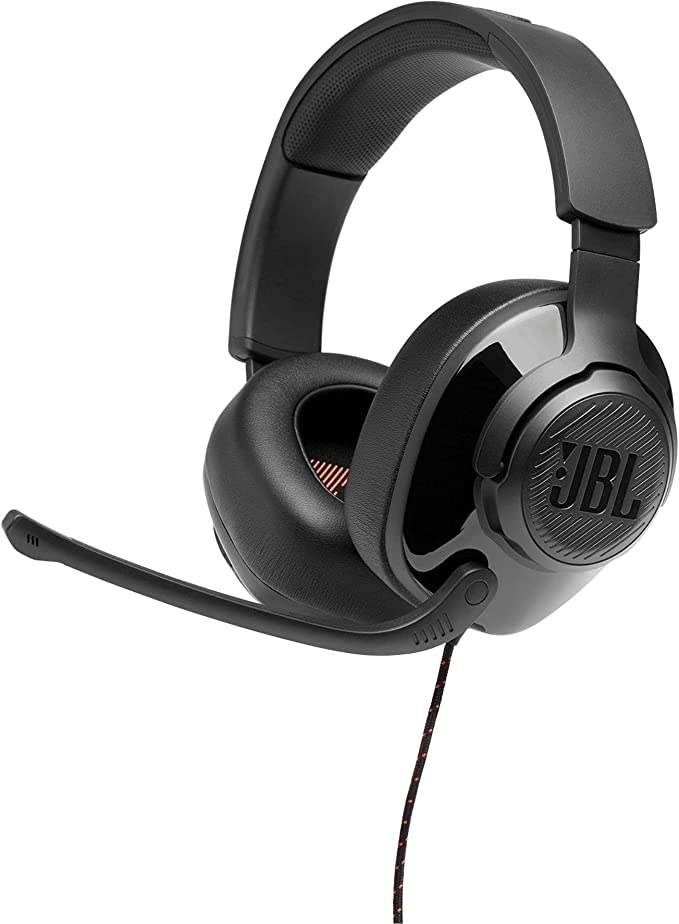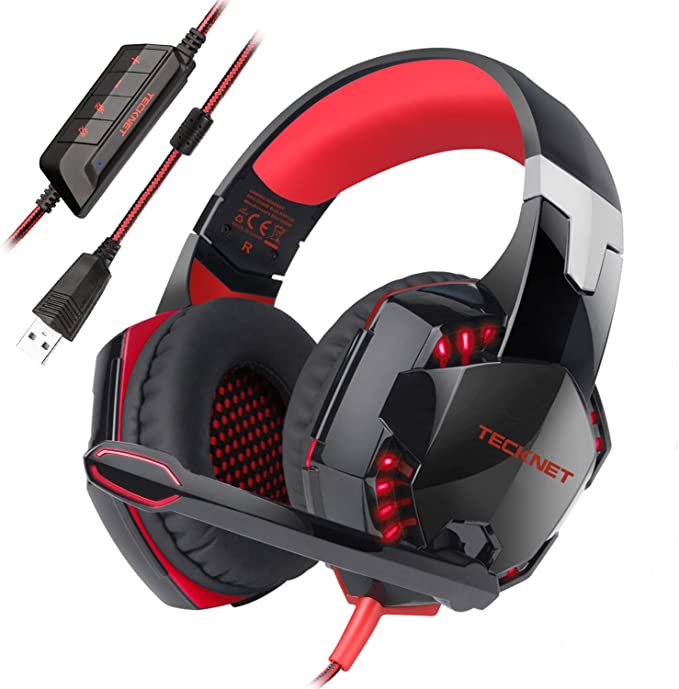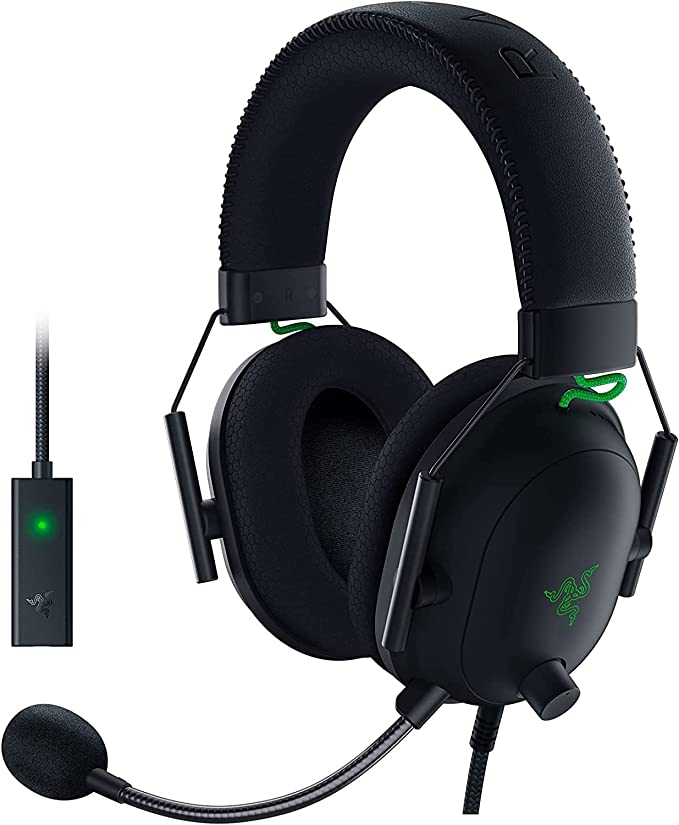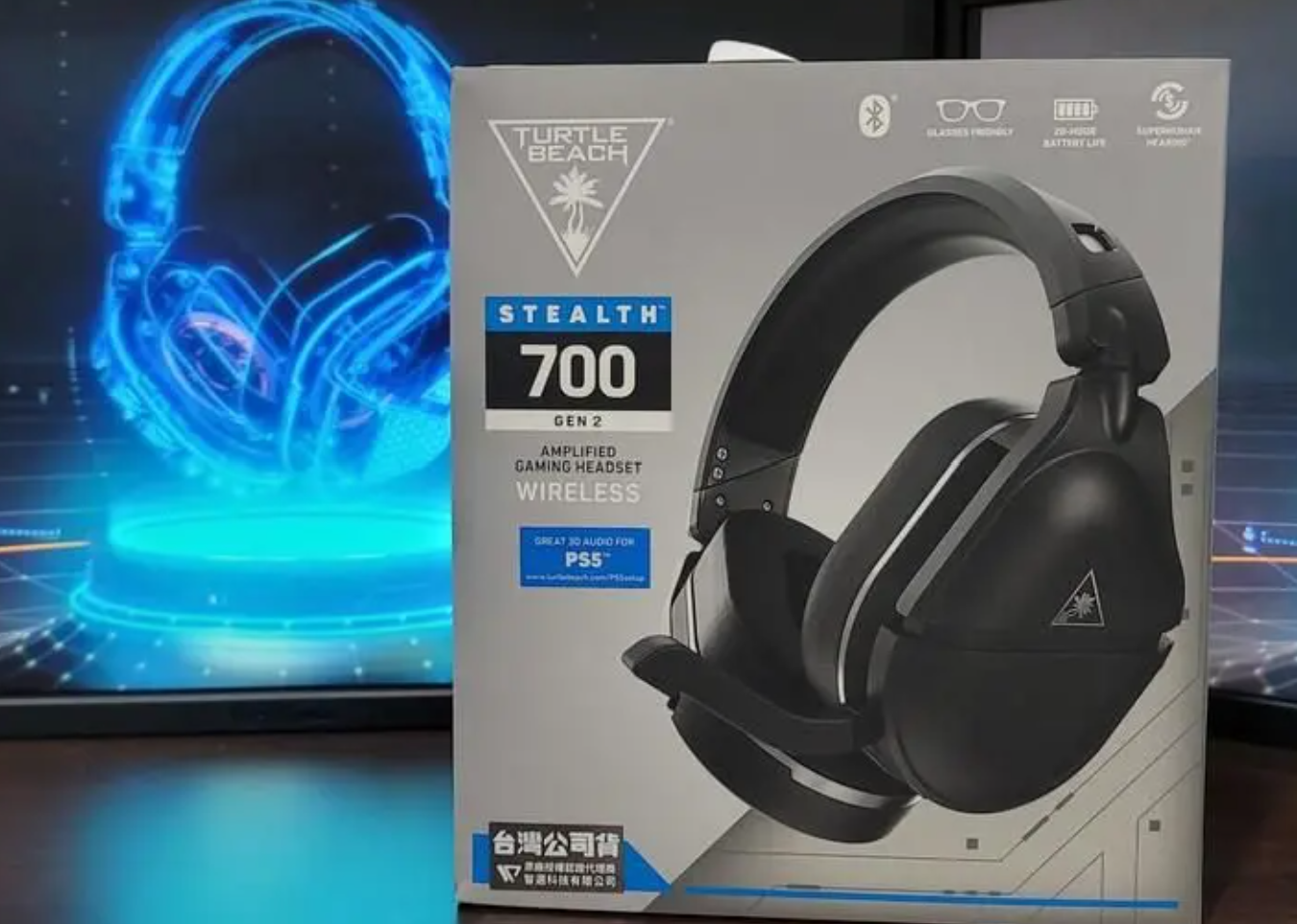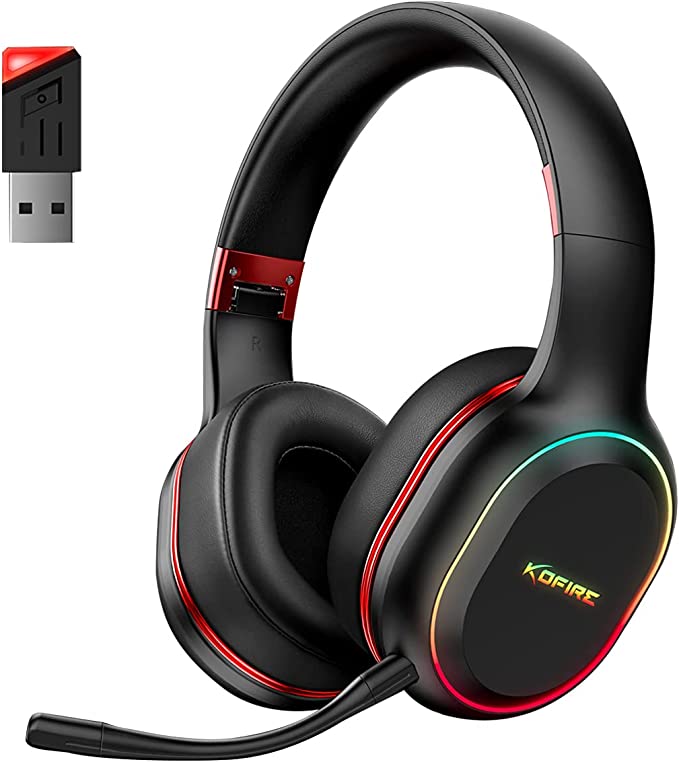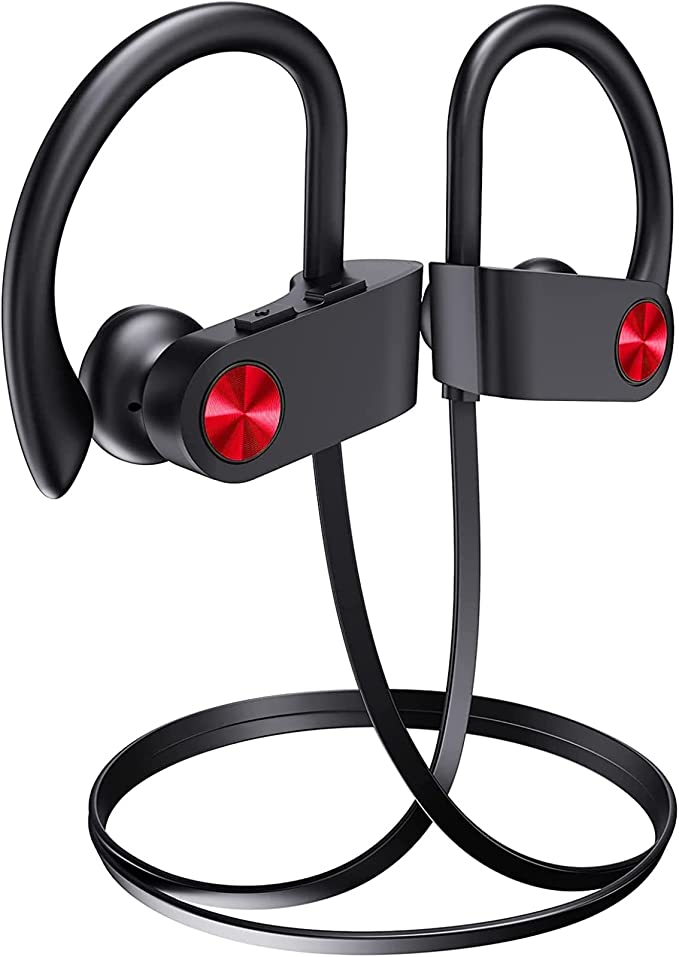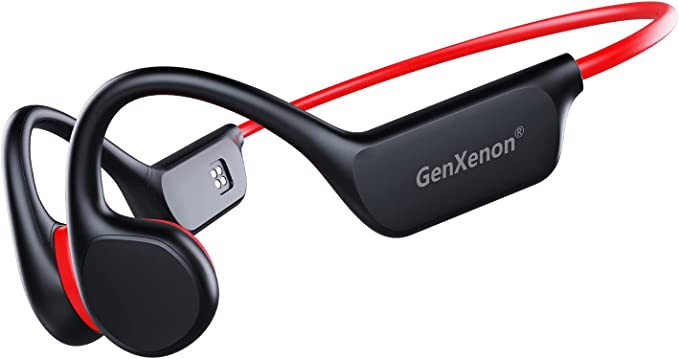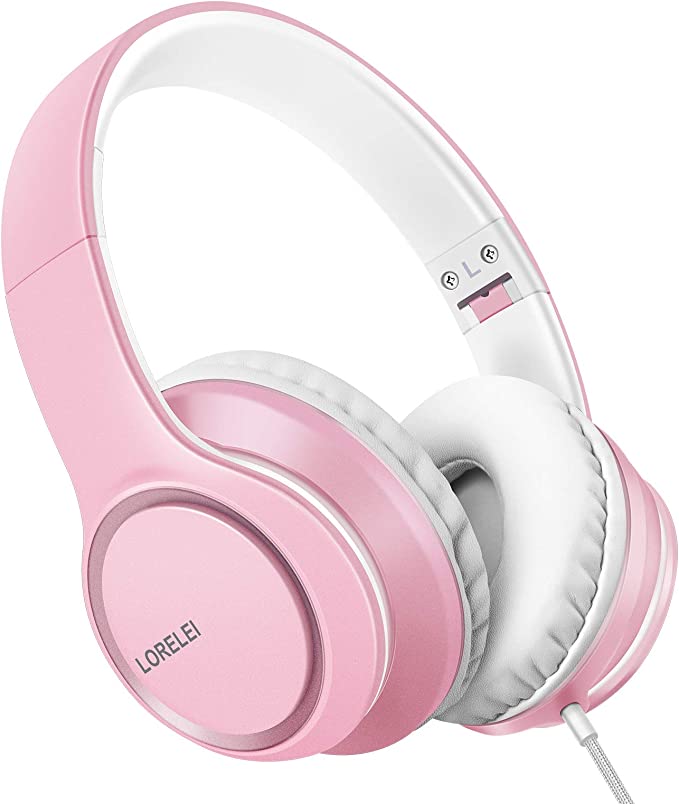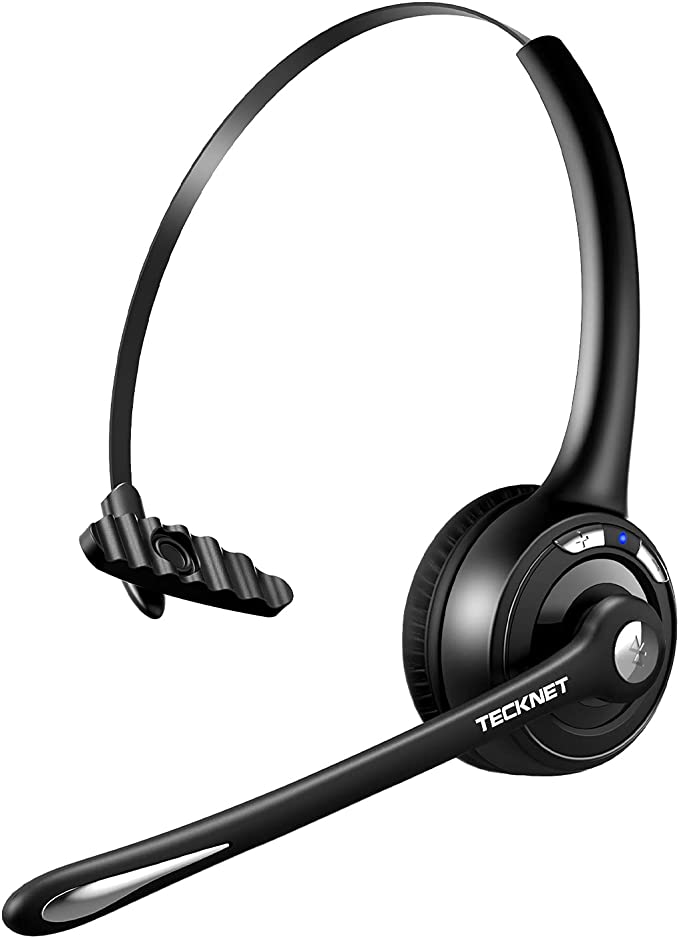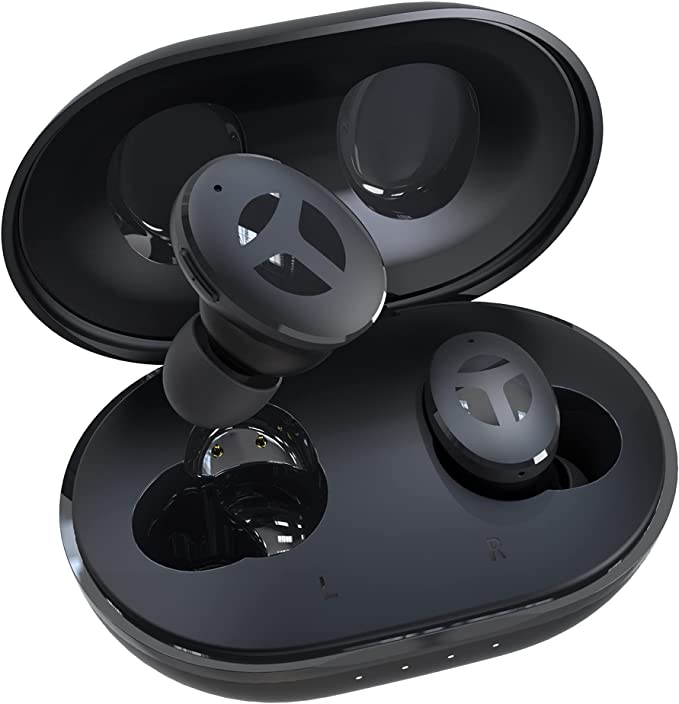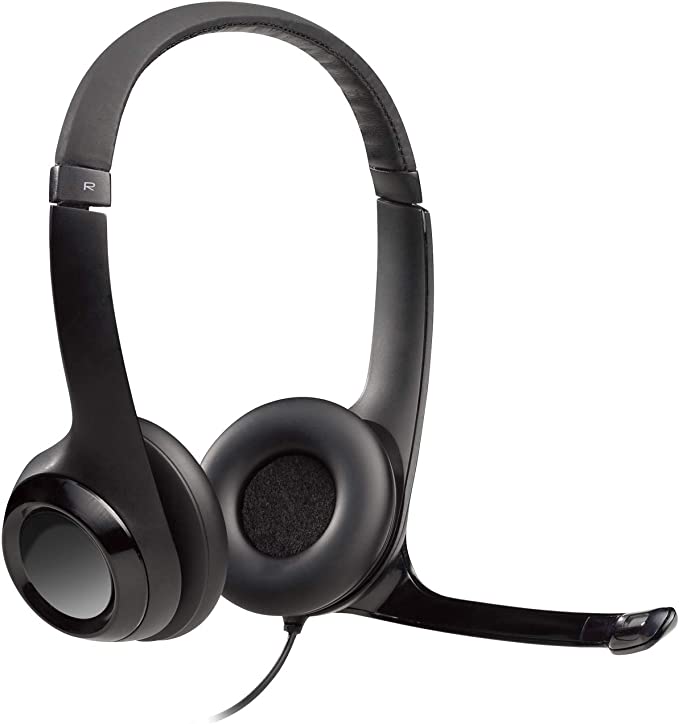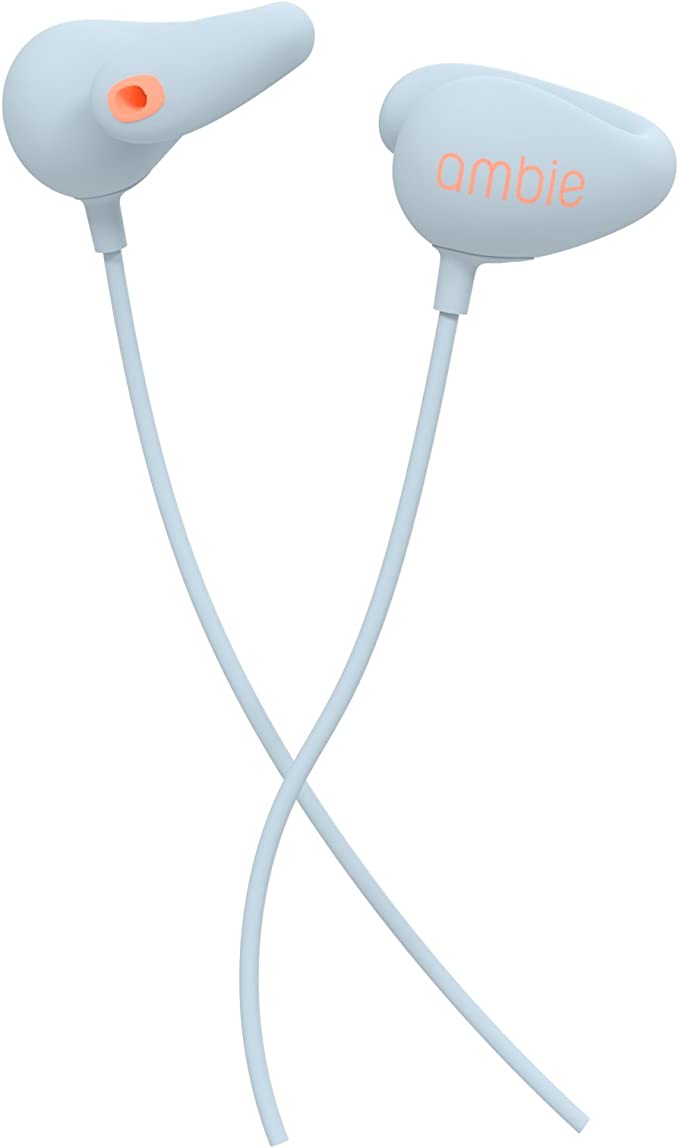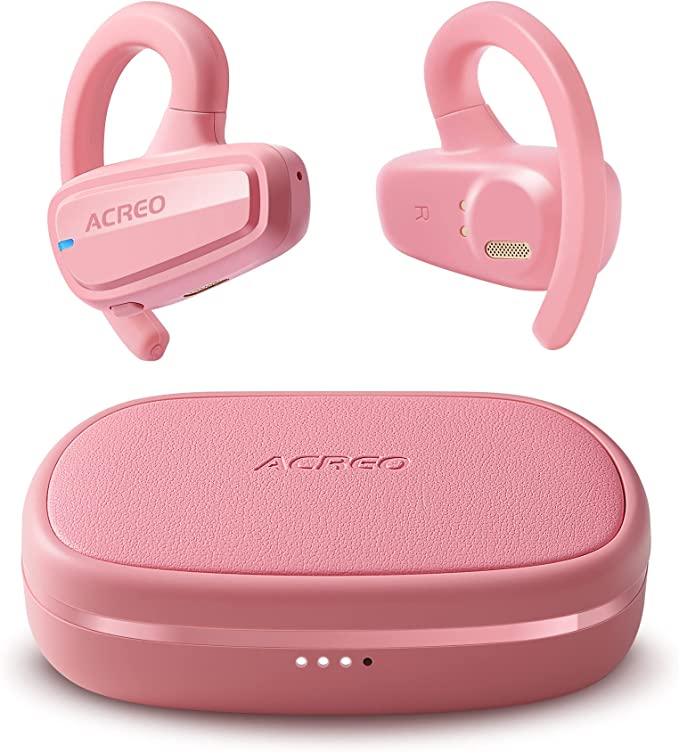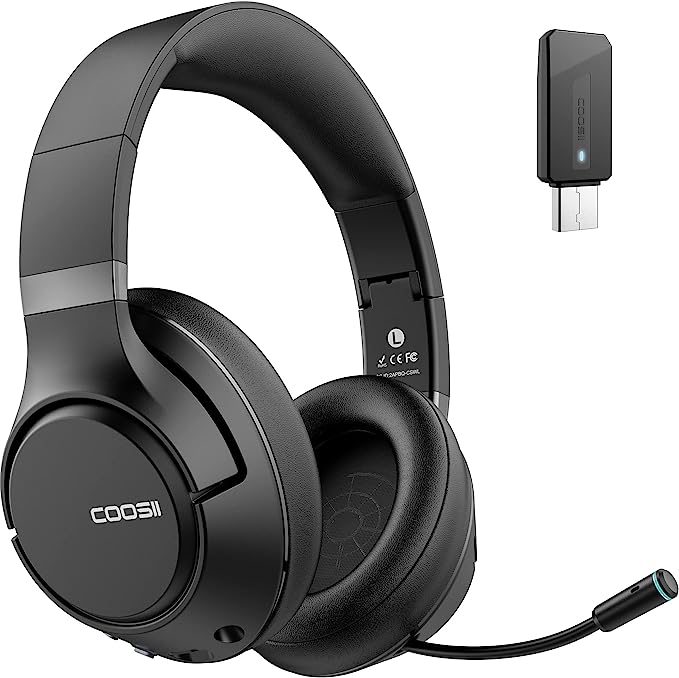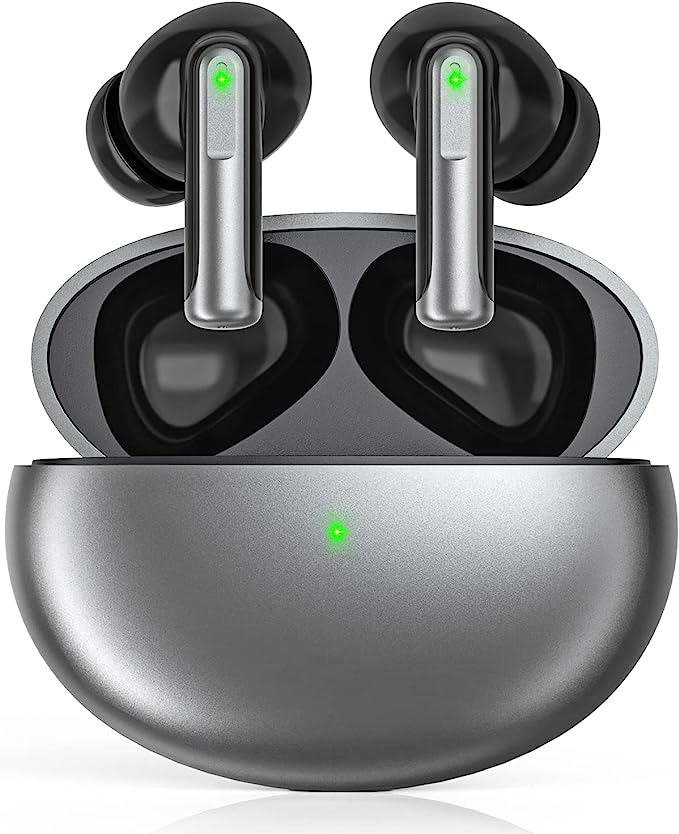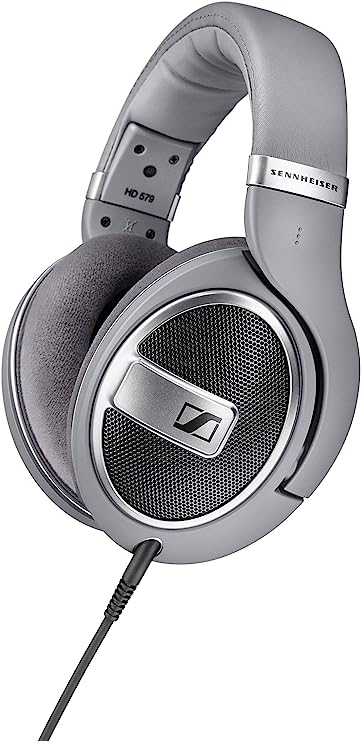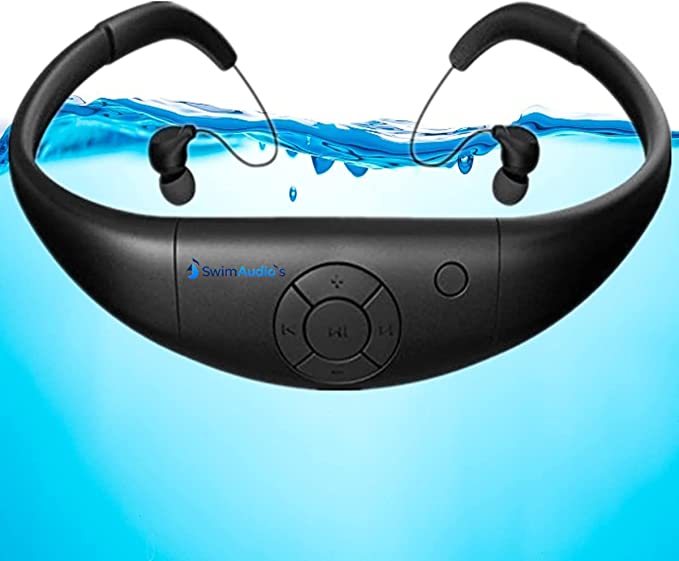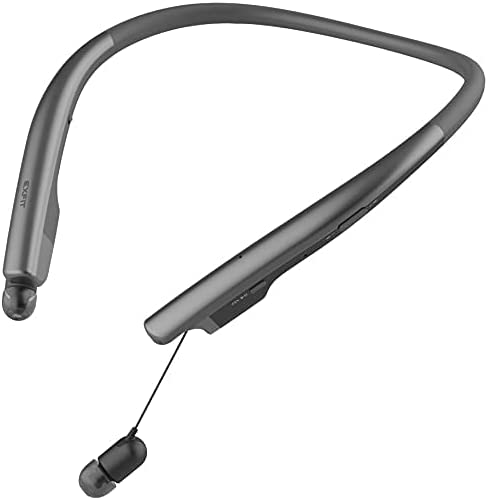Beyond Audio: The Rise of Aesthetic Tech and the Culture of Cat Ear Headphones
Update on Nov. 14, 2025, 6:59 a.m.
For the better part of a century, headphones had one job: to deliver sound. Their design was purely functional, prioritizing comfort, portability, and acoustic performance. The uniform was a sea of black, grey, and beige plastics and metals. But in the last decade, a seismic cultural shift has occurred. Driven by the rise of gaming, live streaming, and pop culture, headphones are evolving from simple listening tools into powerful statements of personal identity.
Today, a pair of headphones is as much an accessory as it is a peripheral. This is the world of “aesthetic tech,” a space where a product’s visual design is not an afterthought, but its central feature. No product embodies this shift more clearly than the Axent Wear AR102A4BKA New Edition Wireless Cat Ear Headphones.
A glance at the product’s focus tells the story. Where an audiophile product would detail its driver materials and frequency response, this device dedicates its prime real estate to a different set of specs: 12 color-changing accent lights and six distinct flash modes.
This isn’t a failure to disclose specs; it’s a declaration of purpose. The primary function is expression. Let’s deconstruct the complex technology and cultural forces behind this wearable light show.

The Technology of Expression: How 12 Colors Emerge from One Light
The most captivating feature of the Axent Wear headphones is their customizable illumination. The system offers a specific palette of 12 colors, including nuanced shades like “Sakura Pink,” “Haze Blue,” and “Spirit Green.”
This is not achieved with 12 separate, single-color bulbs. This level of customization is the work of two technologies working in tandem: RGB LEDs and an onboard microcontroller.
- The Light Source (RGB LEDs): Instead of a simple white light, the headphones use clusters of Red, Green, and Blue (RGB) LEDs. By precisely adjusting the intensity of these three primary colors of light, a microcontroller can mix them to create millions of potential hues—much like a digital painter. The 12 options provided are simply specific color codes (HEX or RGB values) pre-programmed into the device’s firmware.
- The “Brain” (The Microcontroller): The feature that truly elevates this from a simple toy is the mention of “independently controlled” lights and “six flash modes.” This confirms the presence of a small computer chip. This microcontroller is what runs the software to create these dynamic effects—breathing, pulsing, or strobing. It’s the difference between a simple “on/off” switch and a programmable piece of wearable tech.
This intricate light system is, in itself, a significant engineering feat, requiring complex wiring, power management, and light-diffusing materials to create an even, captivating glow rather than a few harsh pinpricks of light.
The Culture: Why Be Seen?
Why dedicate so much engineering to light? Because in 2025, headphones are a critical part of one’s visual identity, particularly for streamers and gamers. * The Streamer Economy: For a live streamer on Twitch or YouTube, their “on-camera” presence is their brand. A pair of glowing, color-shifting cat ear headphones is an instant visual signifier, a memorable piece of personal branding that stands out in a crowded field. * Gaming & PC “Modding”: This trend mirrors the “RGB-ification” of PC gaming. Enthusiasts no longer just build computers; they curate aesthetic experiences with coordinated RGB lighting across their case, keyboard, mouse, and now, their headset. * Pop Culture: The “cat ear” (or nekomimi) is a powerful and playful trope with deep roots in anime and Japanese pop culture, signaling a connection to that world.
Wearing these headphones is a deliberate act of expression, a way to broadcast one’s identity and interests to the physical world.

The Functional Trade-Offs: Versatility and Power
While aesthetics are the focus, the device’s core functionality reveals a smart understanding of its target user. The inclusion of both Wireless (Bluetooth) and Wired (3.5mm Jack) connectivity is a critical, non-negotiable feature for this audience.
- Wireless for Freedom: Bluetooth connectivity provides the convenience for casual listening, commuting, or moving around a room untethered. This is the mode for “wearing” the headphones as a fashion accessory.
- Wired for Performance: For the serious gamer or streamer, Bluetooth introduces a fatal flaw: latency (audio lag). A wired 3.5mm connection offers a zero-latency signal, ensuring that in-game sounds are perfectly synced with the on-screen action. It also serves as a crucial backup, allowing the headphones to function as standard audio drivers even if the internal battery is depleted—a real risk, given the power-intensive nature of a 12-color light show.
This dual-connectivity design acknowledges the inevitable engineering trade-off: those vibrant LEDs consume significant power. While specific battery life isn’t detailed, the laws of physics dictate that running a bright, multi-color light show will reduce listening time compared to having the lights off. The 3.5mm jack is the intelligent “fail-safe” that ensures the headphones remain functional long after the party lights have dimmed.
In the end, the Axent Wear AR102A4BKA is a clear example of technology as a cultural object. It’s a device where a significant portion of the value and engineering budget has been allocated to visual expression. It’s not trying to compete with neutral-sounding studio monitors; it’s creating a new category where the “sound” is only half the experience. The other, equally important half, is the statement you make just by wearing them.
